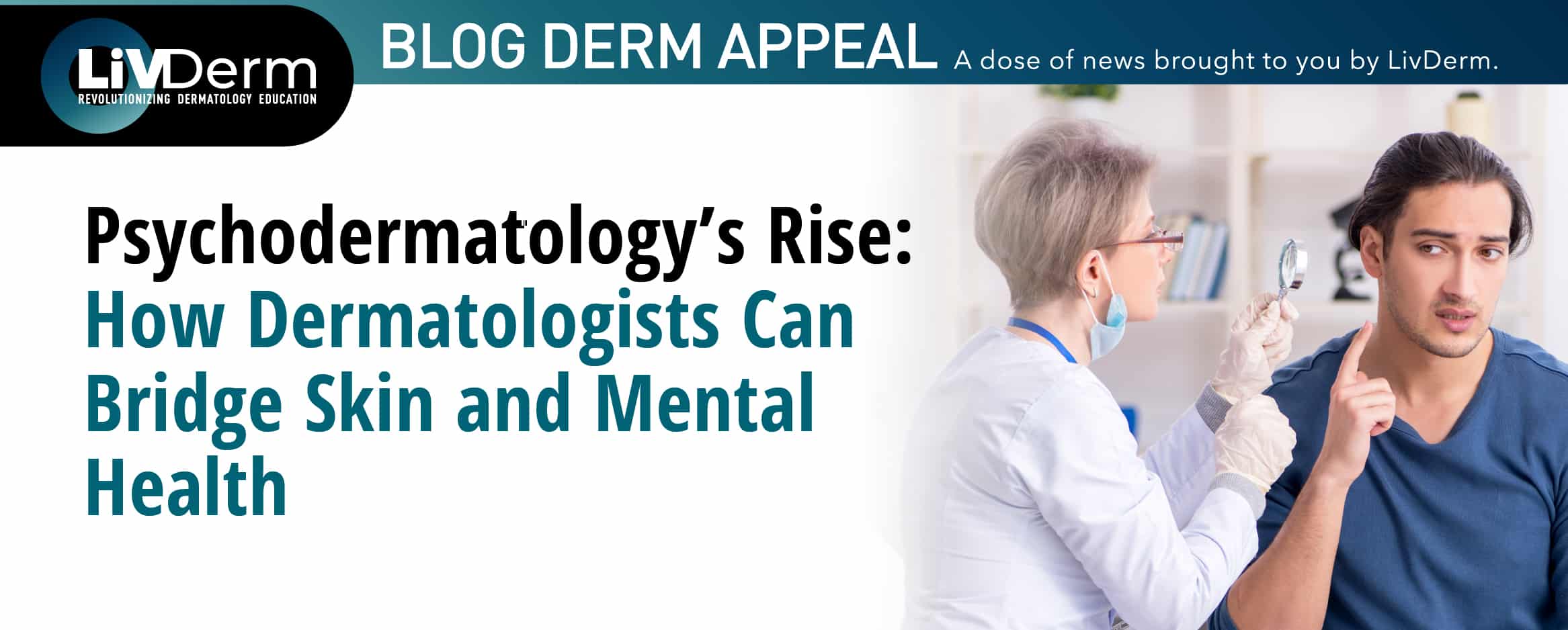Latanya T. Benjamin, MD, co-chair of the MOPD Skin of Color Virtual Summit, kicked off the event with a discussion on cultural sensitivity and the social determinants of health. Dr. Benjamin points out that one of the problems relates to the existing disparities in access, quality, and care delivery for children and families of color. Racial disparities for skin diseases have been reported in psoriasis, atopic dermatitis (AD), melanoma, and non-melanoma skin cancers. Continued education of health care professionals is considered part of the solution to some of these issues to improve disease diagnosis and treatment, as well as patient satisfaction.
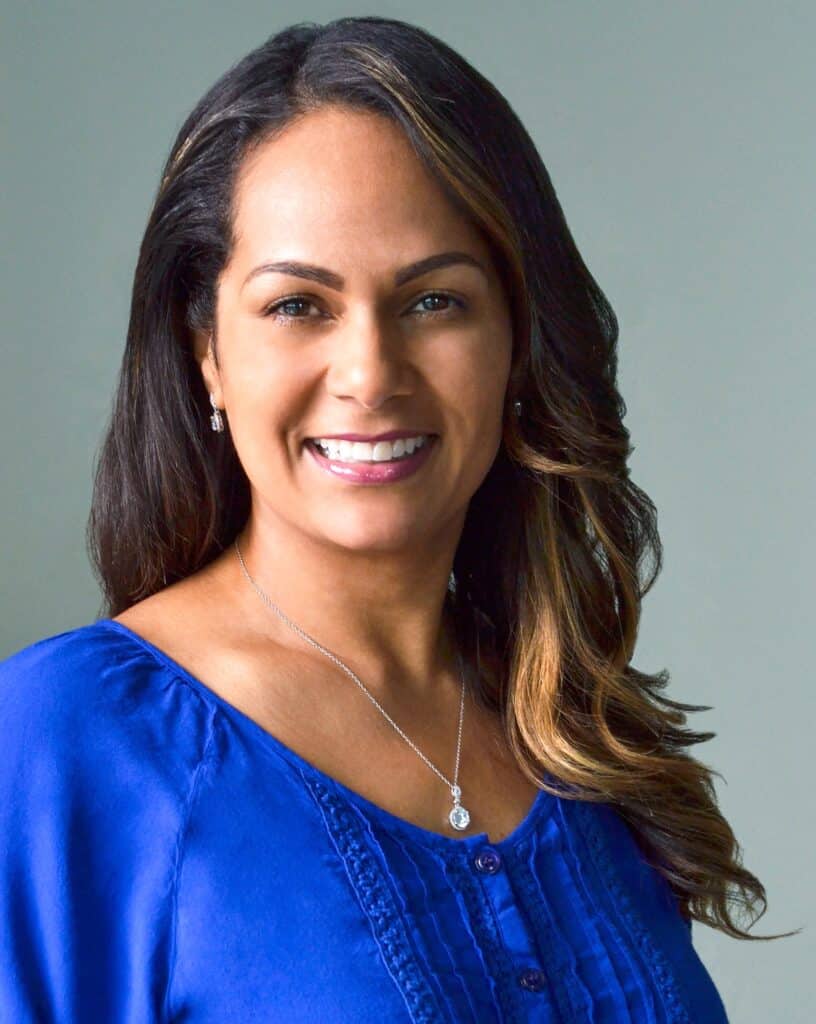
Hair Disorders and Scalp Conditions with Dr. Heath
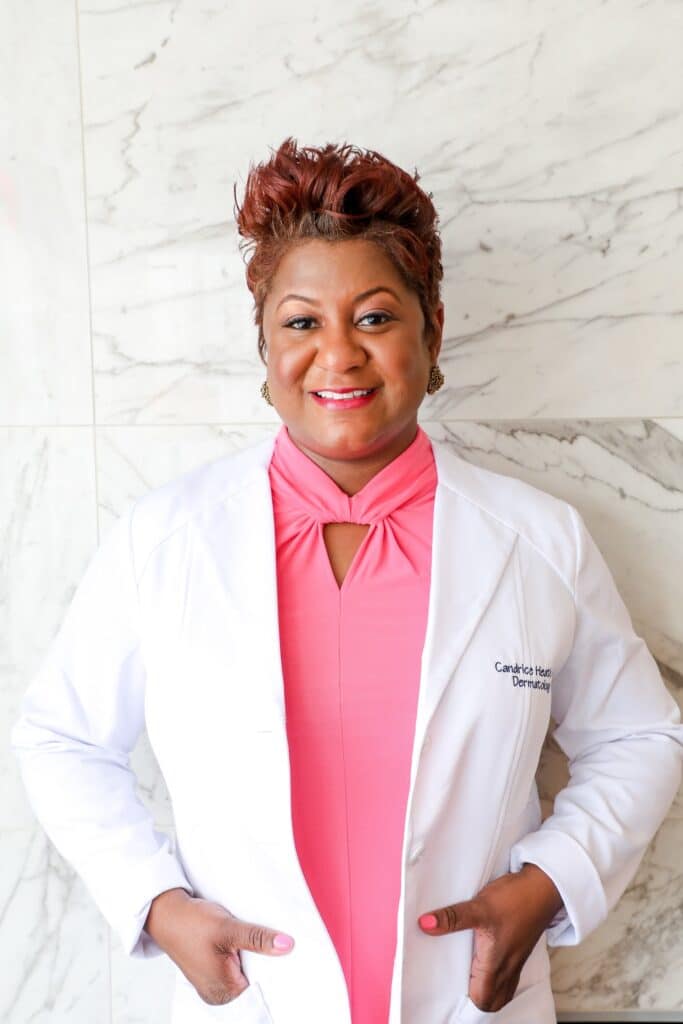
In her presentation regarding pediatric hair loss, Candrice R. Heath, MD, discussed ways to identify some common hair and scalp disorders among pediatric patients with skin of color (SoC) and how to treat these.
Traction alopecia, which Dr. Heath states largely results from tension due to tight hairstyles, is a common condition she sees in many of her patients. Among her many tips and suggestions, avoiding painful hairstyles and saying no to conforming to social pressures are top of the list.
Hirsutism with Dr. Kwong
Pearl C. Kwong, MD, PhD, discussed some clinical aspects of Hirsutism. She explained the pathophysiology of the condition as being related to an increase in androgen levels. She stated, “androgens can increase hair growth in androgen-sensitive areas, increase hair follicle size, increase hair fiber diameter, and increase the proportion of time spent in the anagen phase.”
A good understanding of the patient’s history is important as factors such as ethnic background and drug history need to be considered during the examination. Dr. Kwong also shared some expert tips for the medical and cosmetic management of the condition, before providing some general rules to follow as it concerns the age and speed of onset.

Melasma and Post Inflammatory Hyperpigmentation (PIH) with Dr. Taylor

Susan Taylor, MD, covered conventional treatment for melasma and PIH as well as the importance of photoprotection against visible light (VL) to prevent and treat melasma and the worsening of PIH. “All of our standard treatments are appropriate for our pediatric population.” Highlighting hydroquinone (4%), arbutin (3%), and tretinoin (0.1%) as some of the conventional treatment options for pigmentation disorders, Dr. Taylor mentioned there remains a need to be mindful of potential irritation.
Speaking of photoprotection, Dr. Taylor advised that sun protection is necessary for pigmentary disorders and should include VL protection. She also reminded physicians to practice cultural humility when treating patients with SoC and to take into account their specific concerns.
Vitiligo with Dr. Lal
Karan Lal, DO, MS, reviewed the types of vitiligo in pediatric patients along with their prognostic significance. Dr. Lal advised treating vitiligo early, in part due to possible mental health implications in later life. Answering the question, “Why you should treat early,” Dr. Lal reported on findings from a study on depression and anxiety in pediatric patients. Children aged eight to twelve years scored higher on the Child Depression Inventory compared with controls. Dr. Lal also shared some takeaway tips, one of which is to assess the social and psychological concerns present in these children.
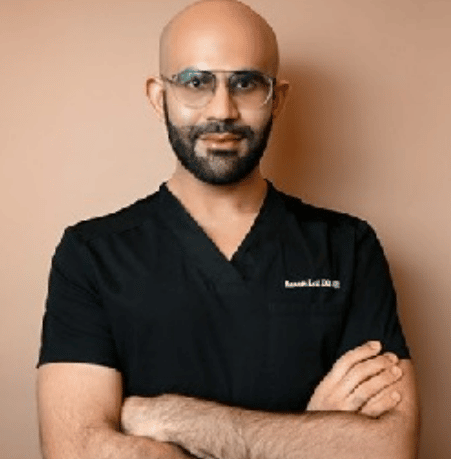
Acne with Dr. Taylor
Dr. Taylor returned to speak about acne in the pediatric SoC population, highlighting the varying characteristics of the condition at different ages, from neonatal to adolescent. With reference to several studies, Dr. Taylor reviewed the differences in how acne presents in patients with SoC, taking into consideration environmental and socioeconomic aspects as well as psychological stressors, to name a few. Dr. Taylor also touched on transgender and gender-diverse youth, highlighting the need to understand the patient’s goals to provide care properly.
Hyperpigmentation and Acne with Dr. Woolery-Lloyd

Kicking off with an explanation of hyperpigmentation, Heather Woolery-Lloyd, MD, followed up with some useful statistics on acne in the pediatric SoC population. She states, “Hydroquinone has been the gold standard to treat hyperpigmentation for years. It’s a highly effective bleaching agent. It inhibits tyrosinase, and we use it all the time.” She did mention, however, that it has its limitations, especially in younger patients, and therefore other alternatives should be considered in these cases. As an additional tip, Dr. Woolery-Lloyd urged physicians to be on the lookout for illicit steroids being sold as face creams so that they may be able to advise their patients accordingly.
Hidradenitis Suppurativa with Dr. Gonzalez
Mercedes E. Gonzalez, MD, revealed that hidradenitis suppurativa (HS) is not as rare as once believed and that the condition is underdiagnosed. More common in females than males, the typical age of onset is around 12.5 years. Highlighting several studies, Dr. Gonzalez discussed a number of comorbidities associated with the condition in pediatric patients with SoC, including obesity, anxiety or depression, and acne. She added that the treatment of HS always involves a multi-modality approach, and early, aggressive treatment is required to improve quality of life.
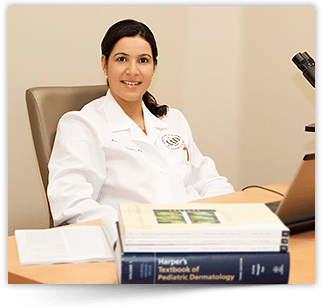
Aesthetic Treatment for Scars with Dr. Woolery-Lloyd
Keloids are most common in African-American, Hispanic, and Asian populations and pose therapeutic challenges due to their recalcitrant nature. Dr. Woolery-Lloyd returned to discuss several treatment options available for keloids, including excision, cryotherapy, radiation, and corticosteroids. She added that with excision, adjunctive therapy such as radiation or corticosteroids is recommended. Dr. Woolery-Lloyd further advised taking different approaches depending on the type and size of the keloid.
Molluscum Across the Fitzpatrick Scale with Dr. Kwong
Molluscum Contagiosum (MC), a common viral infection of the skin, is very contagious and can last months to years. Dr. Kwong stated that typically diagnosis is straightforward, and according to one study, treatment may not always be necessary. Although the U.S. Food and Drug Administration currently has no approved drug for MC, retinoids are an option, as well as herbal medications.
Atopic Dermatitis with Dr. Schachner
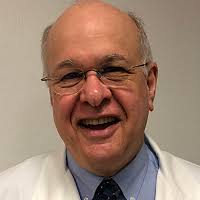
“Atopic dermatitis is a disease of the whole family.” According to co-chair, Lawrence A. Shachher, MD, if a baby is losing sleep, so is the rest of the family. When it comes to pediatric patients with SoC, Black and Hispanic children are more likely than White children to have poorly controlled and persistent AD. Dr. Schachner, therefore, urged providers to recognize this cultural diversity and how it affects this patient population. Additionally, Dr. Schachner shared his AD therapeutic ladder with attendees, along with the algorithm for treatment. He also suggested providers send their patients home with a printed regimen as this encourages compliance
Atopic Dermatitis with Dr. Benjamin
Dr. Benjamin returned to present a case of a 16-month-old Hispanic female whose mother had experienced shaming from a previous provider. Dr. Benjamin stated that it is crucial to spend time listening to the families.
“When you have good communication with your families, in addition to listening, sometimes you’ll elicit some meaningful information to help you move forward with your shared decision-making.”
Dr. Benjamin
Atopic Dermatitis in the Asian Population: Clinical Pearls with Dr. Kwong
Continuing on the topic of AD, Dr. Kwong looked specifically at this condition in the Asian population. She revealed, “Each background, each race has a different epigenetic response depending on what kind of environmental factors or triggers there are.” To understand AD in Asian skin, it is necessary to consider more than just the clinical presentation but also look at the epidemiology and pathophysiology. A deeper understanding of these differences is crucial to take a more targeted approach to treatment.
This comprehensive virtual event provided attendees with a range of clinical implications as it concerns pediatric patients with SoC, the ultimate aim being to identify and properly diagnose and treat these conditions. As revealed in the sessions, numerous factors come into play depending on the patient skin type and this can significantly influence the treatment approach. To reiterate what Dr. Benjamin said, one of the ways clinicians can better care for their pediatric patients with SoC is to continue in their quest for education on the topic and to stay abreast of emerging research and therapies.
To learn more about the above sessions and access relevant content, visit LiVDerm’s resources page.
Be sure to also register for our Masters of Pediatric Dermatology Symposium 2024, taking place February 8-9, 2024. It’s the best way to stay up-to-date on the latest therapies and procedures relating to pediatric patients with SoC and ensure your continued clinical education.




